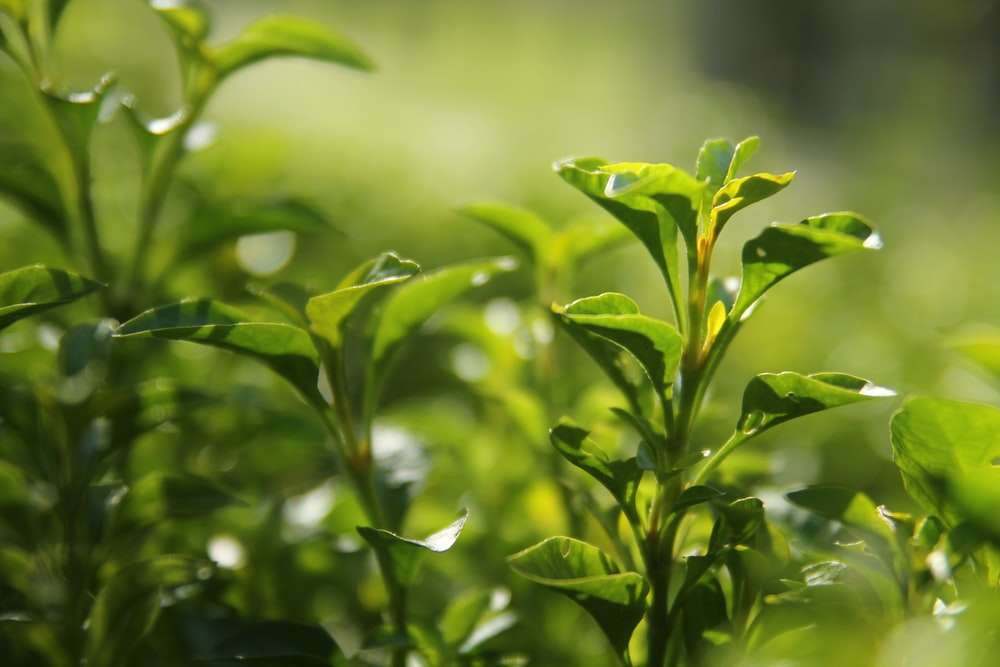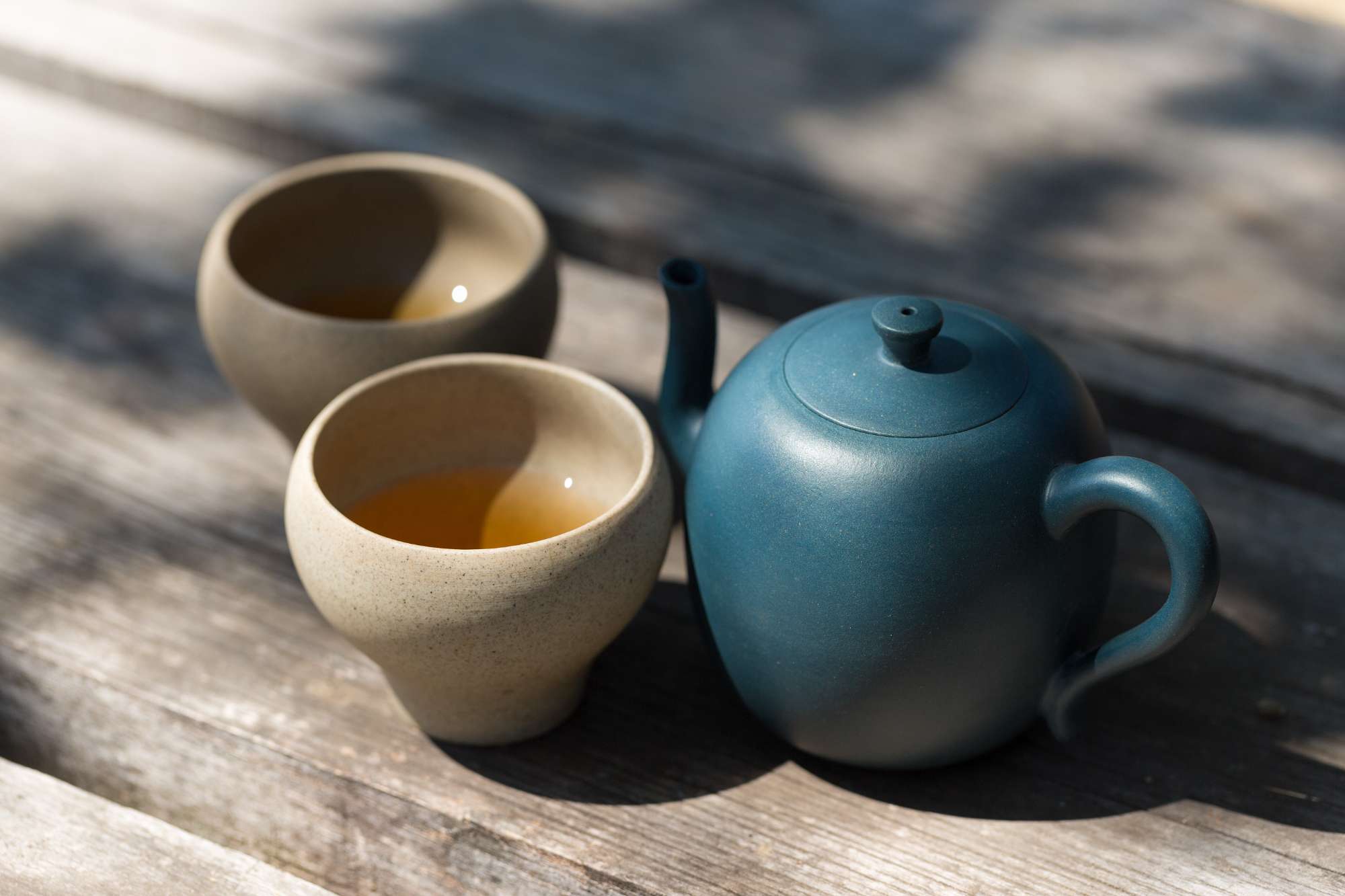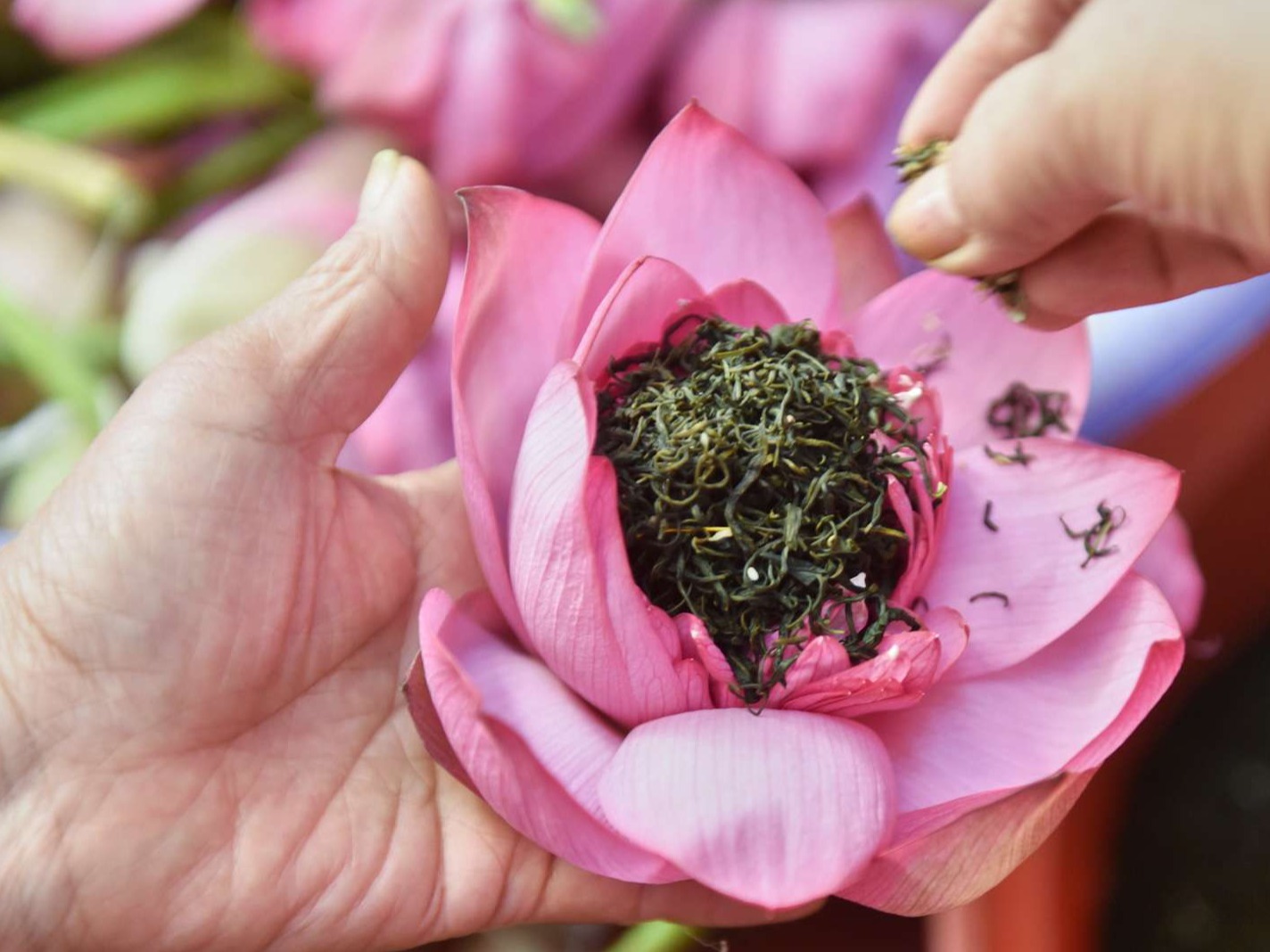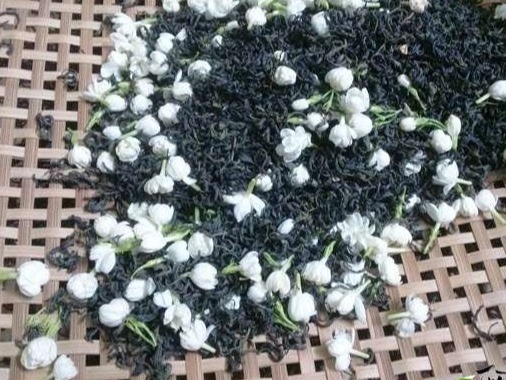Vietnamese Tea Culture
Vietnamese Tea Culture
Vietnam doesn't have complicated Tea rituals, but the enjoyment is also very delicate. Tea is a drink be used in most ceremonies and important events; Tea is chosen for most contemplative activities such as poetry, painting, chess or even gardening...
Vietnam is one of the oldest tea producing countries. Tea plantations have been established since 1880 in the northern regions and central highlands. Vietnam is also one of the top tea consuming countries. The traditional art of tea drinking is based on the way it is prepared, invited, and enjoyed. Important steps include: the source of water, the type of tea, the form of preparation, the type of teapot that must be suitable for tea depending on the season, and finally the social aspect of drinking tea, whether alone or in a group.

In the 13th-15th centuries, it was believed that tea was the embodiment of philosophical values and a source of spiritual purity. Drinking tea was a subtle enlightening activity. During the Nguyen Dynasty, Imperial maids collected dewdrops from lotus flower leaves on Tinh Tam Lake to make tea and serving it to the kings in special teapots. Tea was enjoyed in four seasons: spring, summer, autumn and winter, each season had each type of tea. The nobles enjoyed tea in the closest places to nature such as hills, rivers, lakes...
Skilled tea artisans boiled water and poured it into a teapot containing dried tea leaves. Atter steeped, the tea was slowly and gracefully poured into the cups as a process known as 'high mountain and long river', which ensures that the aroma and temperature are evenly distributed. Then, the tea host hands over their cups, holding them with three fingers symbolizing the "three dragons adoring the pearl". The conversation focused on tea, taste, feeling…

Traditionally, pure green tea was believed to symbolize purity and beauty, was preferred over herbal and flavored teas. Cao Bat Quat, a 19th-century poet, praised Vietnam's unique tea-drinking culture. The joint translation reads: “Do not choose friends because of their appearance, otherwise the nature of friends may be confused. Do not drink tea with flowers, otherwise the real tea flavor will be lost."
The Vietnamese value tea for its simple purity and thus tend to prefer teas with a delicate, mild flavor. Small amounts of black, white and oolong teas are produced, but green tea is by far the most popular tea in Vietnam and is often enjoyed simply, with no added flavoring.


Green tea scented with flowers is also valued in Vietnamese tea culture. This is prepared by hand to ensure the natural aroma is infused into the tea. The two most popular flavored teas are Jasmine tea and Lotus tea. The way to marinate flowers is very sophisticated, shown by the way of choosing tea leaves, choosing flowers and manipulating the marinade so that the flower flavor is most absorbed into the tea leaves.
Today, the tea culture is still continue and enjoyed by generations. You can easily see tea everywhere, in restaurants, coffee shops to tea stalls on street corners... Tea has always been chosen to serve in ceremonies and events, meeting occasions…. It is drunk anytime, any day, anywhere, by anyone and Vietnam's tea culture continues to be a social activity that engages all ages.
Compiled and penned by Crocus Media